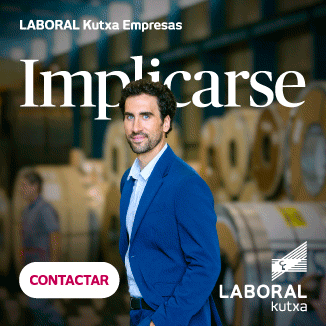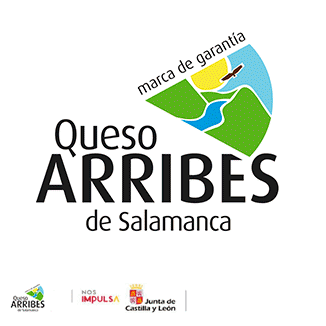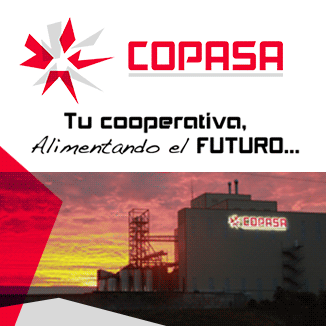LA SED DEL PLANETA
El agua es un recurso natural muy importante para la vida y el desarrollo de las sociedades, sin la cual el planeta y sus ocupantes desaparecería; pero, esto ya lo sabemos, no cabe duda. Lo importante es la diferente conciencia de las distintas áreas de la Tierra a la hora de utilizarla. Donde hay abundancia se derrocha más que donde es necesaria; por ello, aumentar la capacidad de disminución del consumo y contaminación debe ser uno de los objetivos de todas las organizaciones e instituciones y, cómo no, de las personas individualmente.
El profesor Arjen Hoekstra, de UNESCO, introdujo el concepto de “huella hídrica”, “un indicador ambiental que calcula el volumen total de agua dulce empleada para producir bienes y servicios”, ya sea por comunidades, empresas o individuos. Esta idea permite conocer y hacer visible el uso del agua en cualquier parte del proceso productivo o actividad, entendiendo los efectos del consumo frente a la disponibilidad de este preciado bien. Asimismo, facilita la concienciación y perfeccionamiento de la técnica para disminuir el impacto sobre el agua.
La huella hídrica se divide en tres componentes:
- Azul: cantidad de agua, medida en volumen, que se extrae extraída de corrientes superficiales o subterráneas y que es evaporada durante las diferentes fases de los procesos de producción o incorporada a los productos.
- Verde: volumen de agua de precipitación que, de igual forma, es evaporada en las actividades productivas o integrada en los artículos de consumo.
- Gris: Proporción de agua contaminada durante su empleo.
A su vez, hemos de tener en cuenta la huella hídrica directa e indirecta.
Por tanto, el cálculo de los flujos de entrada y salida de agua, realizados sobre los diferentes tipos (pluvial, superficial, del mar, salobre, subterránea, fósil); la consideración de las características de calidad y las formas de uso (evaporación, transpiración, integración en el producto, liberación en las diferentes cuencas hidrográficas o en el mar) y el análisis de la ubicación del empleo y su afectación, así como, de los tiempos de uso y las emisiones al aire, facilitan el mejor conocimiento del empleo que hacemos de este importante recurso natural y, por tanto, su optimización.
“Olvidamos que el ciclo del agua y el de la vida son uno”. (Jacques Cousteau).
THE THIRST OF THE PLANET
Water is a very important natural resource for the life and development of societies, without which the planet and its occupants would disappear; this we already know, but there is no doubt. The important thing is the different awareness of the different areas of the Earth when using it. Where there is abundance is wasted more than where it is necessary; therefore, increasing the capacity to reduce consumption and pollution should be one of the objectives of all organizations and institutions and, of course, of individuals.
Professor Arjen Hoekstra, from UNESCO, introduced the concept of “water footprint”, “an environmental indicator that calculates the total volume of fresh water used to produce goods and services”, whether by communities, companies or individuals. This idea allows to know and make visible the use of water in any part of the productive process or activity, understanding the effects of consumption against the availability of this precious commodity. It also facilitates the awareness and improvement of the technique to reduce the impact on water.
The water footprint is divided into three components:
- Blue: quantity of water, measured in volume, extracted from surface or underground streams and evaporated during the different phases of the production processes or incorporated into the products.
- Green: volume of precipitation water that, likewise, is evaporated in productive activities or integrated into consumer items.
- Gray: Proportion of contaminated water during its use.
At the same time, we have to take into account the direct and indirect water footprint.
Therefore, the calculation of water inflows and outflows, performed on the different types (rain, surface, sea, brackish, underground, fossil); the consideration of the quality characteristics and the forms of use (evaporation, transpiration, integration in the product, release in the different watersheds or in the sea) and the analysis of the location of the employment and its affectation, as well as of the time of use and air emissions, facilitate better knowledge of the use we make of this important natural resource and, therefore, its optimization.
“We forget that the water cycle and the life cycle are one”. (Jacques Cousteau).
Antonio González Losa
— oOo —





















